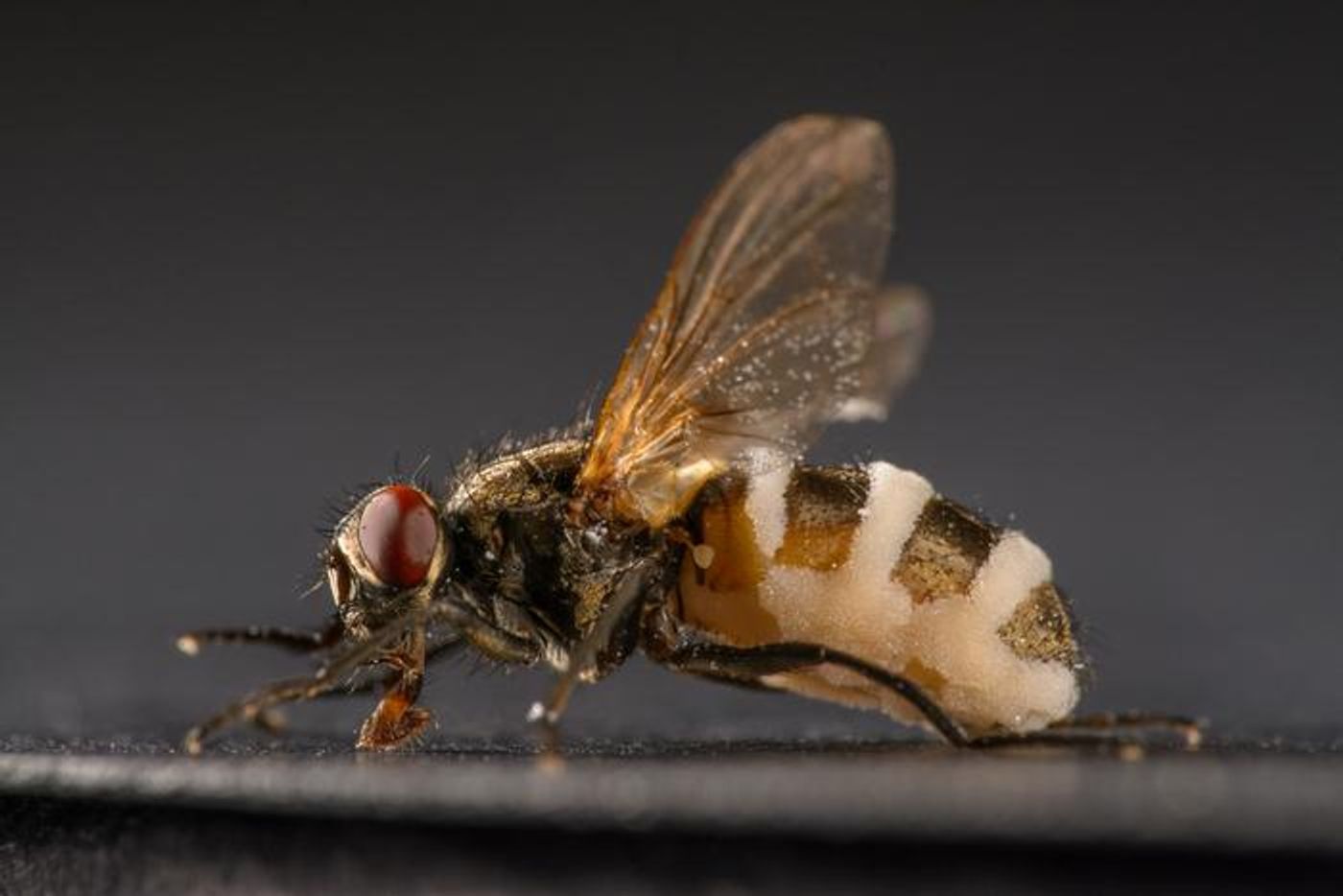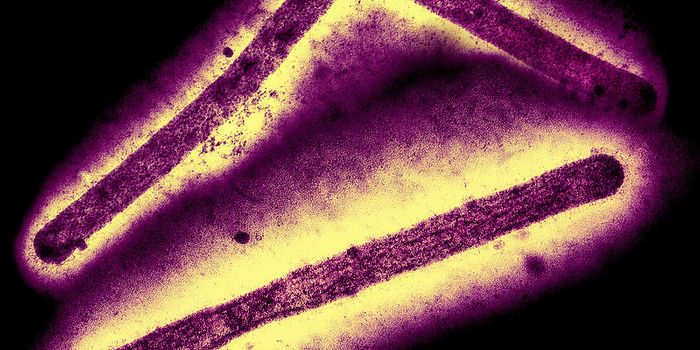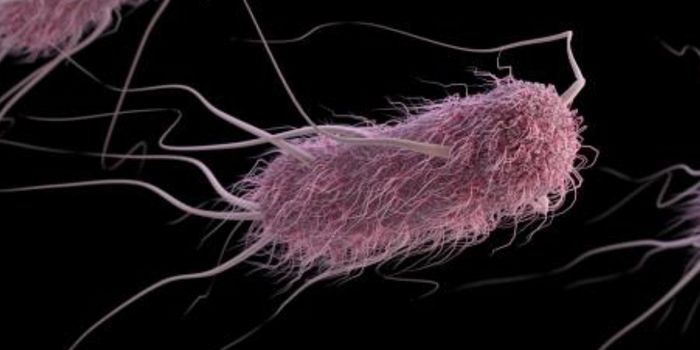Cracking the Code of a Fungus That Causes Bizarre Fly Behavior
Fungi and insects have been co-evolving for millions of years, and there are a variety of different fungi and insect relationships, some of which are beneficial. But fungi are also the most common cause of infectious diseases in insects, and these fungi can play important roles in ecology. Some can be useful alternatives to insecticides. Scientists are still learning about many of these insect-fungi relationships. A new study has investigated an unusual fungus that affects flies; it alters their behavior and then kills them, before spreading to more flies. The findings have been reported in eLife.
This fungus, called Entomophthora muscae, has a huge genome that is about 25 times larger than that of other fungi. It can turn a fly into a kind of zombie.
"The genome is a catalogue of all the genes found in the fungus, which tells us something about the the organism's capabilities. Such a catalogue can better equip us to look at which genes are active in a fly's brain at the point when the fungus transforms it into this zombie-like state. And in this way, we hope to understand how it can do such a wild thing," said study co-author Henrik De Fine Licht, an Associate Professor at the University of Copenhagen.
There are subspecies of fungi that exclusively infect houseflies, while another is only interested in fruit flies. This study has focused on the fungus that is hosted by fruit flies. After infecting a fruit fly, the fungus starts to consume the insect until all of the nutrients in the body have been consumed. Next, the fungus alters the brain of the fruit fly, and the fly's behavior changes. The insect starts to attach to plants or windows, as high as it can.
About 60 to 80 percent of the flies in a given area can be infected. Zombie flies can usually be identified as a dead fly on a window that's surrounded with a white ring of spores, noted De Fine Licht. This is when most of the fly has been taken over, and the normal functions stop. Fungal spores will then project from the body, and chemical scents are released, which attract healthy flies. Watch a time lapse video of the process here.
After healthy flies get close to the infected, dead fly, they will try to mate with it, enabling the fungus to infect the healthy fly and start the process over.
Now that the genome of this striking fungus has been sequenced, the researchers are hoping to learn more about the mechanisms underlying this phenomenon.
While this research is in the early stages, it could eventually help us learn more about behavioral processes. A fungal parasite is controlling a well-defined behavior, and if we can reveal how the fungus is operating, we can trace behaviors to molecules and genes, suggested the researchers. This knowledge could be taken even further in drug development, they added.
It may also be possibly to apply this knowledge to pest control strategies that don't require pesticides or fungicides. "Typically, you only want to target pests, while steering clear of honey bees and other beneficial insects. So, if further research leads to the development of an insecticide based on this fungus, which has the great advantage of only attacking one species of fly, it would be very, very attractive," said de Fine Licht.
Sources: University of Copenhagen, eLife









